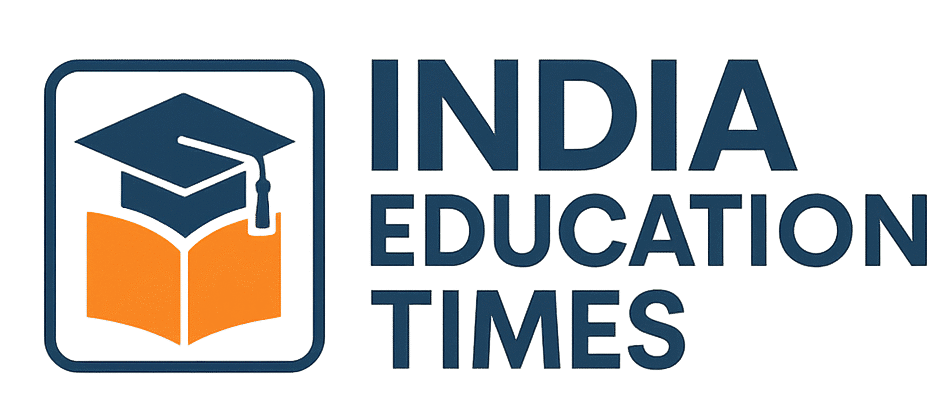📘 NEP 2020 Explained: What It Means for Students & Teachers in 2025
Understand the New Education Policy and how it impacts your academic journey
The National Education Policy (NEP) 2020 is India’s most ambitious education reform in decades. As we enter 2025, many of its key changes are now being implemented across schools, colleges, and universities nationwide.
Whether you are a student, teacher, or parent — understanding what NEP 2020 really means for you is essential to navigate and benefit from this transformation.
📌 What is NEP 2020?
NEP 2020 is a comprehensive policy launched by the Government of India aimed at overhauling the Indian education system to make it:
- More flexible and holistic
- Rooted in Indian culture yet globally competitive
- Focused on skills, creativity, and critical thinking
It replaces the 34-year-old National Policy on Education (1986).
🎓 Key Changes for Students (2025 Update)
1. 🏫 New 5+3+3+4 School Structure
- Replaces the old 10+2 model
- Divides education into 4 stages:
➤ Foundation (ages 3–8)
➤ Preparatory (8–11)
➤ Middle (11–14)
➤ Secondary (14–18) - More focus on early childhood education and foundational literacy
2. 🧑🎓 Multiple Entry-Exit in Higher Education
- Students can pause and resume studies
- Example:
✔️ Certificate after 1 year
✔️ Diploma after 2 years
✔️ Degree after 3 or 4 years - Academic Bank of Credits (ABC) stores your credits digitally
3. 📚 Interdisciplinary and Flexible Learning
- You can now mix subjects — like Biology with Economics or Music with Physics
- Less pressure of rigid streams like Arts/Science/Commerce
4. 🏢 Four-Year UG Degree with Research Option
- New 4-year UG model with major + minor subjects
- Research-focused final year for students planning to do PG or M.Phil/Ph.D.
5. 🧪 Skill-Based and Practical Learning
- More focus on internships, vocational training, and hands-on projects
- Coding, AI, design, entrepreneurship introduced in school curriculum
👩🏫 Key Changes for Teachers
1. 🎓 Teacher Eligibility and Training
- B.Ed will be a 4-year integrated course by 2030
- Emphasis on continuous teacher training and tech tools
- Teachers will need to complete professional development hours yearly
2. 🖥️ Use of Technology in Teaching
- Digital platforms like DIKSHA, SWAYAM, and NAD are central to teacher learning
- Blended teaching models with smart classrooms and hybrid learning
3. 🧭 Teacher Autonomy & Accountability
- More freedom in classroom methodology
- But also regular performance reviews, training, and student feedback systems
🏛️ New Regulatory Changes
- UGC, AICTE, NCTE merged under one umbrella: HECI (Higher Education Commission of India)
- Establishment of National Curriculum Framework (NCF) for school & teacher education
- Focus on mother tongue/local language as medium of instruction (till Class 5 or 8)
🌍 NEP 2020’s Vision for Future India
- 100% Gross Enrolment Ratio in school by 2030
- 50% Gross Enrolment in Higher Education by 2035
- Promotion of multilingualism, inclusive education, and Indian knowledge systems
🤔 What It Means for You in 2025
| If You’re A… | What You Should Know |
|---|---|
| Student (School) | More activity-based, skill-oriented learning |
| Student (UG/PG) | Flexible course choices, credit transfer options |
| Parent | Watch for changes in curriculum and pedagogy |
| Teacher/Lecturer | Upskilling is essential; digital methods are key |
| Institution | New frameworks, assessments, and audits apply |
✅ Final Thoughts
The New Education Policy is not just a document — it’s a new mindset. It shifts focus from rote learning to real understanding, from marks to skills, and from division to integration.
🎯 “NEP 2020 is designed to prepare India’s youth for the 21st century — and it begins with informed choices today.”





